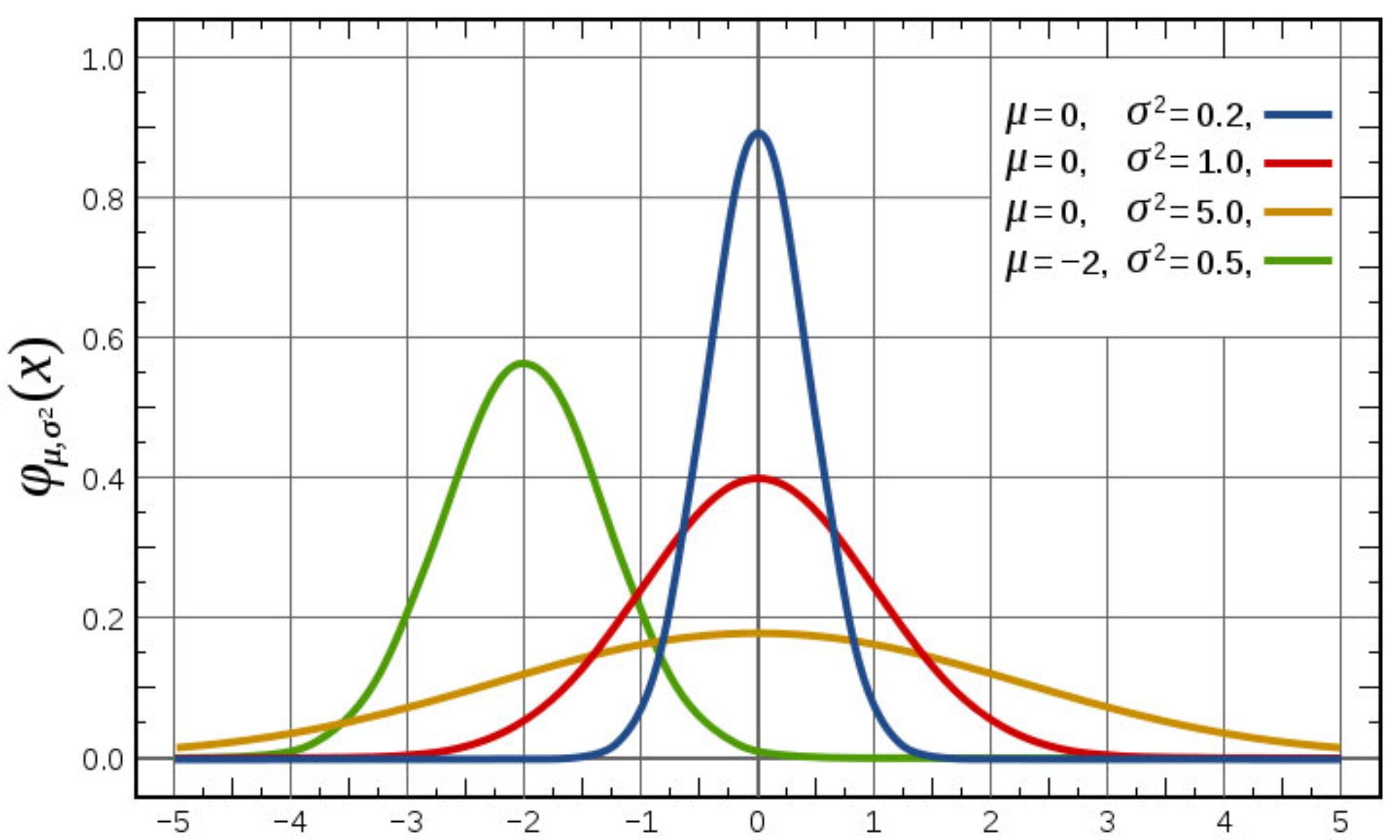A Finance 4366 student asked me earlier today for midterm 1 exam study tips. I recommend working the Sample Midterm 1 Exam, reviewing problem set 3–5 solutions, all of which will be available at http://derivatives.garven.com/category/problem-set-solutions/ by Thursday, February 15 for our midterm 1 review session. It also wouldn’t hurt to review the assigned readings and lecture notes on which the exam is based:
Assigned Readings:
| January 30 | 1. Hull, Chapters 1 (“(Introduction”), 2 (“Mechanics of Futures Markets”), 10 (“Mechanics of Options Markets”) 2. Futures and Options Markets (Optional), by Gregory J. Millman |
| February 1 | 1. Hull, Chapter 5 (“Determination of Forward and Futures Prices”) 2. A Simple Model of a Financial Market, by James R. Garven |
| February 8 | 1. Hull, Chapter 11 (“Properties of Stock Options”) 2. Properties of Stock Options Chapter synopsis, by James R. Garven |
| February 13 | Hull, Chapter 12 (“Trading Strategies Involving Options”) |
Lecture Notes:
- Introduction to Options, Futures, and Other Derivatives (January 30)
- Replicating Portfolio approaches to Pricing Forwards and Futures, and Pricing Options (February 1-6)
- Properties of Stock Options (February 8)
- Trading Strategies Involving Options (February 13)

